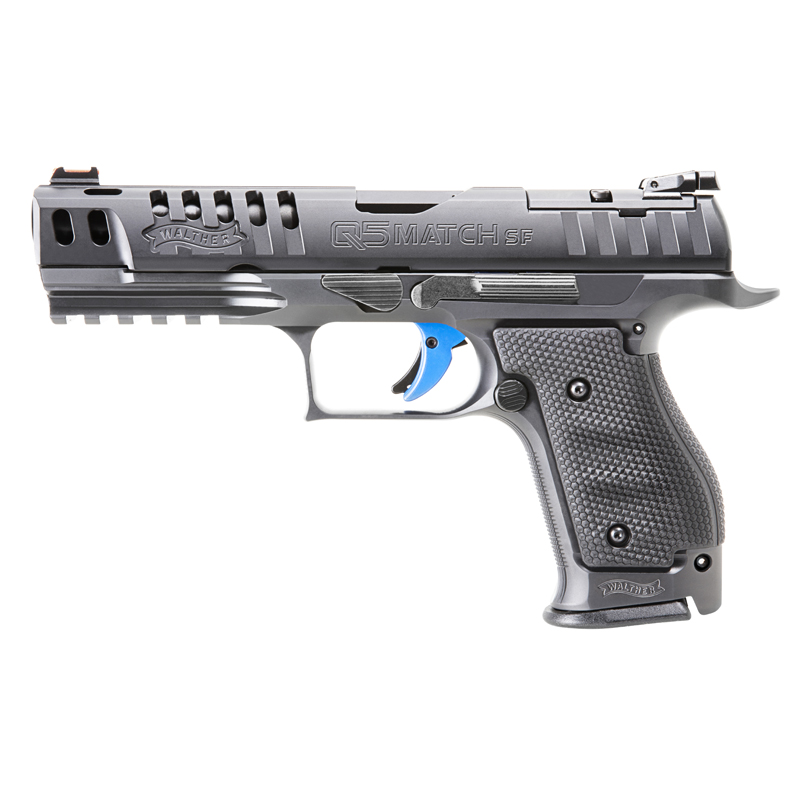The US Army has decided that they might could replace the M249 with something. Possibly. Or maybe it’s just Lucy Van Pelt with her football. Anyway, the US Army claims it wants “Overmatch”. Or something.
The fear is, of course, Russians (or Chinese or whoever) with level IV-equivalent body armor. Let’s think about this for a minute. Level IV hard plates are rated to stop the .30-06 M2 AP round, which is a pretty darn good steel-core AP round. And no existing round short of .50 BMG is significantly better at penetrating armor than .30-06 M2 AP; it’s actually better at penetration than both Russian 7.62x54mmR B-32 API and 7.62x51mm M61. I’m not sure how a new 6.8 mm cased telescoped round is supposed to be massively better at armor penetration than .30-06 M2 AP, unless it’s supposed to use a tungsten core. Tungsten becomes problematic once you look at the cost and where most of the world’s tungsten is mined.
It could also be some sort of Magnum 6.8mm CT round with tons of velocity, but then managing recoil becomes a huge problem. After all, steel core .30-06 is not enough, so we need more energy. More energy means more recoil, because physics is a real jerk sometimes.
Let’s also recall my usual criticisms of some sort of radically new and unproven small arms technology, which is exactly polymer-cased telescoped ammo is. We’re talking about completely new ammunition manufacturing techniques, completely new cartridges, plus massive changes in how a firearm operates. We’ll let the US Army put up and prove the stuff or shut up. Come back and talk to us in five to seven years, and then we’ll know if it’s more than the next SPIW.
Okay, so that should deal with all the WONDERCALIBER advocates. Don’t trust Big Army to buy crazy new stuff. Wait for ambitious programs to come to a conclusion. Don’t be a beta tester. Wait for bugs to get worked out. And there will be bugs.
If we’re sticking with conventional calibers and known solutions, that makes our lives a lot easier. Let’s take a brief look at squads to see how we might use the LMG. I’ve been on record before that I don’t think squad size matters too much, and I still don’t. Picking the Namer as our (Heavy) IFV of choice lets me have a nice big dismount element of nine, which makes life easy. Nine men is a pretty classical dismounted infantry squad size. Squad leader, two fireteams of four men, and one LMG per fireteam. Two LMGs in the squad is a lot of firepower, and lets either team cover the other for fire and movement if desired.
Had we gone with a smaller, more conventional IFV with a dismount team of six or seven men, I would have copied the Australians and gone with two fireteams of three men each (plus a leader in the seven-man case) and kept the two LMGs per squad. Again, fire and movement. Also, it allows for better implementation of parapet foxholes.
And now, a brief word on command. In general we’d expect the IFV commander to be in overall command, and to remain in the vehicle when the troops get out. The vehicle commander would be senior to the dismount commander.
There is the pressing matter of caliber, configuration (i.e. mag fed or belt fed), and model. Let’s take those in order. Caliber is pretty easy. It should be our usual 5.56mm to maximize bullets per pound of loadout and (therefore) volume of fire capability. It’s also a lot easier to carry, since most GPMGs aren’t workable with a single gunner (i.e. without an assistant gunner).1
And we’re going belt-fed, because we want that big ammo reserve for suppression and sustained rates of fire. Large capacity drums are bulky, heavy, annoying, and generally unreliable. They also usually have to be stowed when empty. Screw that. Belts it is, by God and John Rambo!
Belt-fed 5.56mm light machine guns. They’re super fun to shoot. We just have to pick one. For the most part, they’re all pretty similar. The one that stands out weight-wise is Knight’s LAMG, which is significantly lighter than all the rest. Which should make it a slam dunk, except that no one else has bought them. And such a massive weight savings has me nervous, since there’s no such thing as a free lunch. I have some concerns about durability, and since no one has issued them on a wide scale, no one has worked the bugs out. Again, we don’t do beta tests. So we’ll pass too. Which basically leaves a whole bunch of equivalents in FN’s Minimi/M249, HK’s MG4, IWI’s Negev, and some others that I’m forgetting. They’re all pretty much the same, and I don’t think you can go wrong. Of course, this also means that there’s not much of a reason to switch, unless you wanted to beef up your local firearms industry. Since I hate wishy-washy conclusions, I’ll go with the proven M249, mostly because it’s the only one I have any time on. It’s also been licensed to a number of other countries.
I’m sure the Wondercaliber advocates are going to ask about body armor. Well, okay. Fine. Shoot them more. It’s a belt fed. Ceramic plates are only good for a few hits. Even the multihit rated ones. You have 200 rounds in the belt. Use ’em. Also, the real killer is and always has been high explosives. 40mm grenade launchers, rocket launchers, recoilless rifles, mortars, and especially artillery. More on that in a few days.
- I think this might be a change from the last time I wrote on squad support weapons. It happens. ↩

